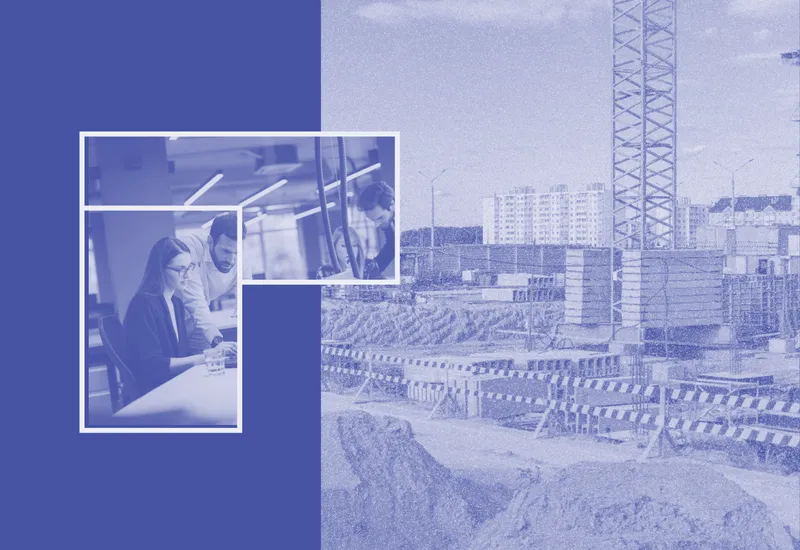What is a Lien Release in Construction?

Lien releases are a frequently used document in construction and real estate development. A lien release is a legal document that removes a lien or claim from a property. In the commercial real estate industry, liens are most commonly filed by contractors who haven’t received payment for their work, and they’re removed once payment is received.
What is a Lien Waiver?
A lien waiver is a document that contractors, suppliers, and developers may sign at any point during a construction project. It removes a person’s right to place a lien on the property or supplies involved in a project. Liens are usually filed when one party claims they haven’t been paid, so a lien waiver can serve as an extra layer of payment protection.
Often, contractors sign a lien waiver after they’ve been paid. Once they receive payment and verify that the amount is correct, signing a lien waiver ensures that contractors won’t dispute the amount in the future. There are two types of lien waivers: conditional and unconditional.
Conditional lien waivers are signed when a contractor has received partial payment. The condition is that the money is “in their hands”—or usually, has cleared the bank. If a payment isn’t processed, the conditional lien waiver might be canceled.
Unconditional lien waivers are signed when the final and full payment has been received. Parties who sign this document agree that they have been paid everything they owe and that no liens will be filed in the future.
What’s the Difference Between a Lien Waiver and a Lien Release?
While lien waivers are designed to prevent liens from being filed in the first place, lien releases are used to remove an existing lien. It’s sometimes called a lien cancellation. Parties who sign a lien release agree to cancel the lien they’ve placed on the property, usually because they’ve received payment in full. Lien releases usually aren’t standardized documents, but they should include details like the property address and the date the lien was filed.
Filing a lien creates serious consequences for the project owner, which is why most people try to avoid liens altogether. If a property has liens attached to it, it may be impossible to sell it when construction is complete. The project owner might have trouble getting financing for future projects or may lose their lender altogether. This is why it’s so important to address the issue of slow payments in the construction industry. With faster payments to contractors, the likelihood of a lien being filed is drastically reduced, saving everyone time, money, and paperwork. To learn more about the impact of slow payments across the commercial real estate industry, download Rabbet’s 2024 Construction Payments Report.
















